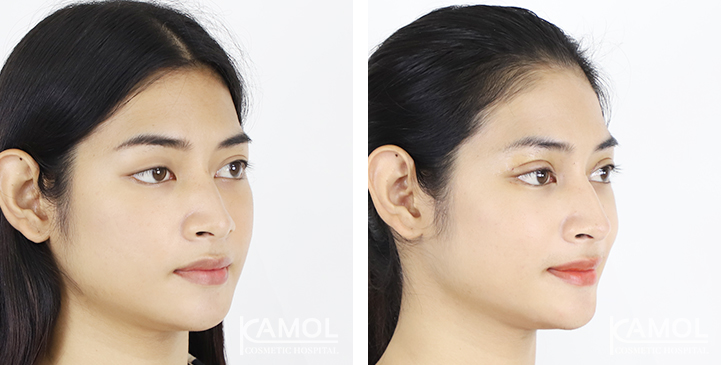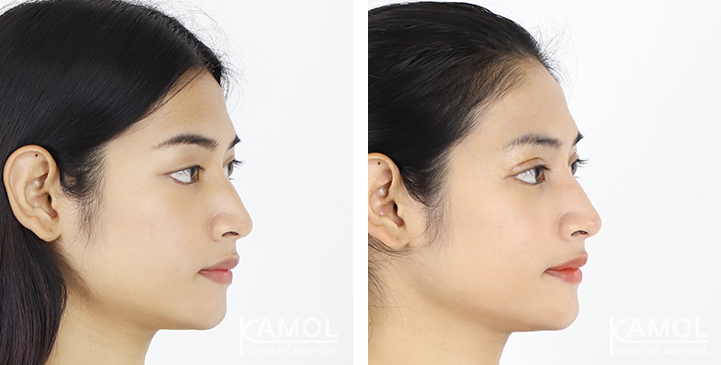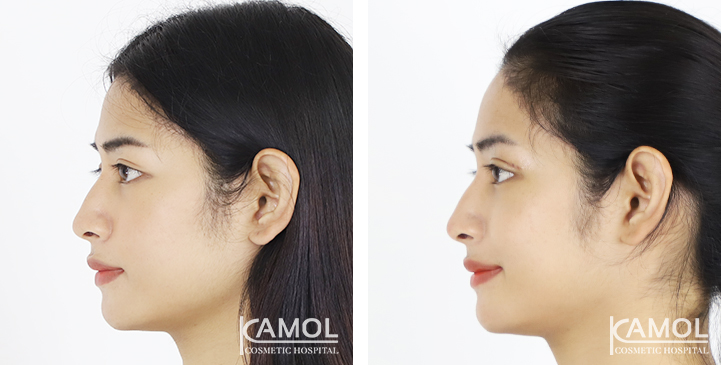What is Eye Ptosis?
Eye ptosis, also known as drooping eyelid, is a condition in which the upper eyelid droops or sags lower than normal. This can be caused by a variety of factors, including age, injury, nerve damage, or certain medical conditions such as myasthenia gravis or Horner's syndrome.
Ptosis can affect one or both eyes and can range from mild to severe. In mild cases, the drooping may be barely noticeable, while in severe cases, the drooping can be severe enough to cover the pupil and interfere with vision.
Symptoms of ptosis can include difficulty opening the affected eyelid, headaches, and a feeling of heaviness in the eyelid. In some cases, ptosis can also cause double vision or a loss of peripheral vision.
Treatment for ptosis will depend on the underlying cause of the condition. In some cases, no treatment may be necessary, while in other cases, surgery may be recommended to reposition or tighten the eyelid muscles.
In general, Eye ptosis is a condition that can be treated and should be evaluated by an ophthalmologist or plastic surgeon to prevent any further vision problems. It's important to see a specialist if you notice any changes in the appearance of your eyelids or if you're experiencing any vision problems.
Who is a good candidate for Eye Ptosis Surgery?
- Drooping of the upper eyelid (ptosis) that interferes with their vision or appearance
- Had ptosis since birth or developed it later in life due to aging or a medical condition such as myasthenia gravis
- In good overall health and do not have any medical conditions that would impede the healing process
- Have realistic expectations and understand the potential risks and benefits of the surgery
What are the reasons for undergoing an Eye Ptosis Surgery?
There are several reasons why someone may choose to undergo an Eye Ptosis Surgery:
- Improve vision by lifting the drooping eyelid and allowing for a better field of vision
- Improve appearance by making the eyes look more symmetrical
- Congenital defect or a condition caused by a neurological disorder
- Drooping eyelid caused by aging or injury.
What are the techniques used in the Eye Ptosis Surgery?
-
Muller's muscle-conjunctival resection (MMCR):
- Involves making a small incision in the eyelid
- Removing a small section of the muscle that raises the upper eyelid (the levator muscle)
- Removing a small strip of conjunctiva
- Allows the eyelid to be repositioned in a more elevated position
-
Frontalis suspension:
- Involves using a small piece of the patient's own tissue, such as a small piece of muscle or fascia
- Creating a sling that holds the eyelid in a more elevated position
- Both techniques require the use of general anesthesia
- Usually take about an hour to perform.
What are the preparations for Eye Ptosis Surgery?
Preparations for eye ptosis surgery typically include:
- Consultation with an ophthalmologist or plastic surgeon to discuss the procedure, potential risks and benefits, and to determine if the patient is a good candidate
- Discontinuation of medications that increase the risk of bleeding, such as blood thinners
- Avoidance of alcohol and tobacco for a period of time before the surgery
- Not wearing makeup or contacts on the day of the surgery
- Wearing loose, comfortable clothing on the day of the surgery.
Post-operative Care for Eye Ptosis Procedure:
Post-operative care for Eye Ptosis procedure typically includes the following:
- Applying cold compresses to the eye as directed by the surgeon to reduce swelling and bruising
- Keeping the head elevated to reduce swelling
- Taking medications as prescribed by the surgeon, such as pain relievers and antibiotics
- Avoiding strenuous activity and heavy lifting for a period of time as advised by the surgeon
- Following the surgeon's instructions for cleaning and caring for the eye and eyelid
- Avoiding exposing the eye to sun, wind and dust
- Avoiding rubbing, pressing or scratching the eye
- Regular follow-up visits with the surgeon to monitor healing and make any necessary adjustments to the treatment plan
- Wearing an eye patch as advised by the surgeon
- Avoiding any activity that may cause strain on the eye muscles.
It's important to closely follow the post-operative care instructions given to you by your surgeon to ensure a successful recovery and optimal results.
Risks and Complications of Eye Ptosis Surgery:
Some possible risks and complications of eye ptosis surgery include:
- Bleeding
- Infection
- Scarring
- Asymmetry or unevenness in the position of the eyelid
- Difficulty closing the eyelid completely
- Dry eye or excessive tearing
- Double vision
- Need for revision surgery
- Loss of vision
- Numbness or weakness of the eyelid or face
- Injury to the eye or surrounding structures during the surgery
It's important to keep in mind that not all patients will experience complications and the likelihood of complications can vary depending on the individual case and the surgeon's experience. It's important to discuss the potential risks and complications of the surgery with the surgeon before making a decision.
Recovery:
Recovery from eye ptosis surgery can vary depending on the individual case and the type of procedure performed.
In general, patients can expect to have some swelling and bruising around the eye, which can last for several days to a week. Pain is generally minimal and can be managed with over-the-counter pain medication.
Stitches are usually removed within one week after the surgery. The surgeon may advise the patient to avoid strenuous activity and heavy lifting for a period of time after the surgery and to avoid exposure to dust, wind and sun.
Most patients can return to normal activities within one to two weeks after the surgery, but it can take several weeks for the final results to become apparent. The surgeon will provide detailed instructions on how to care for the eye and eyelid after the surgery, and it's important to follow these instructions closely to promote proper healing.
Regular follow-up visits with the surgeon are typically needed to monitor healing and make any necessary adjustments to the treatment plan.
Review Blepharoplasty

Double eyelid surgery

Double eyelid surgery

Double eyelid surgery

Double eyelid surgery

Double eyelid surgery

